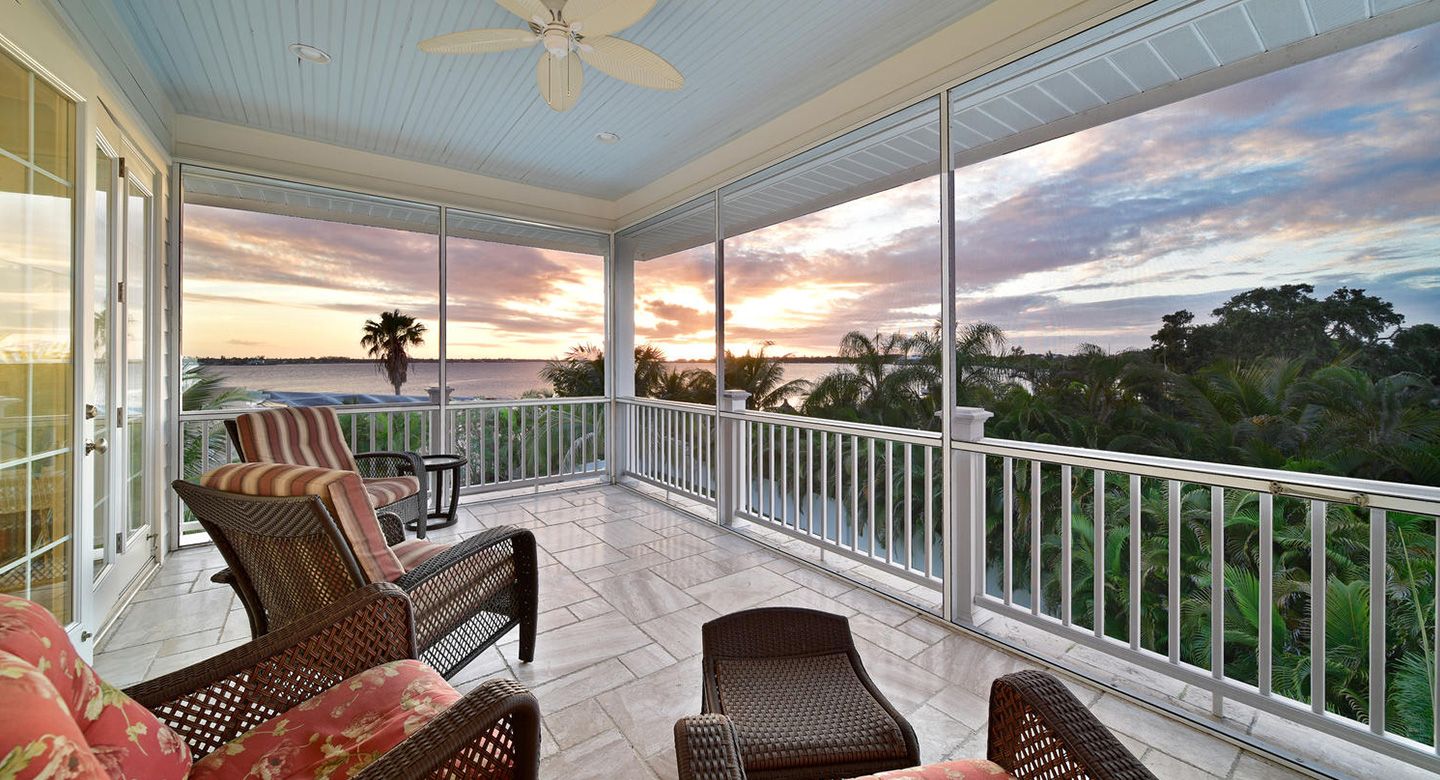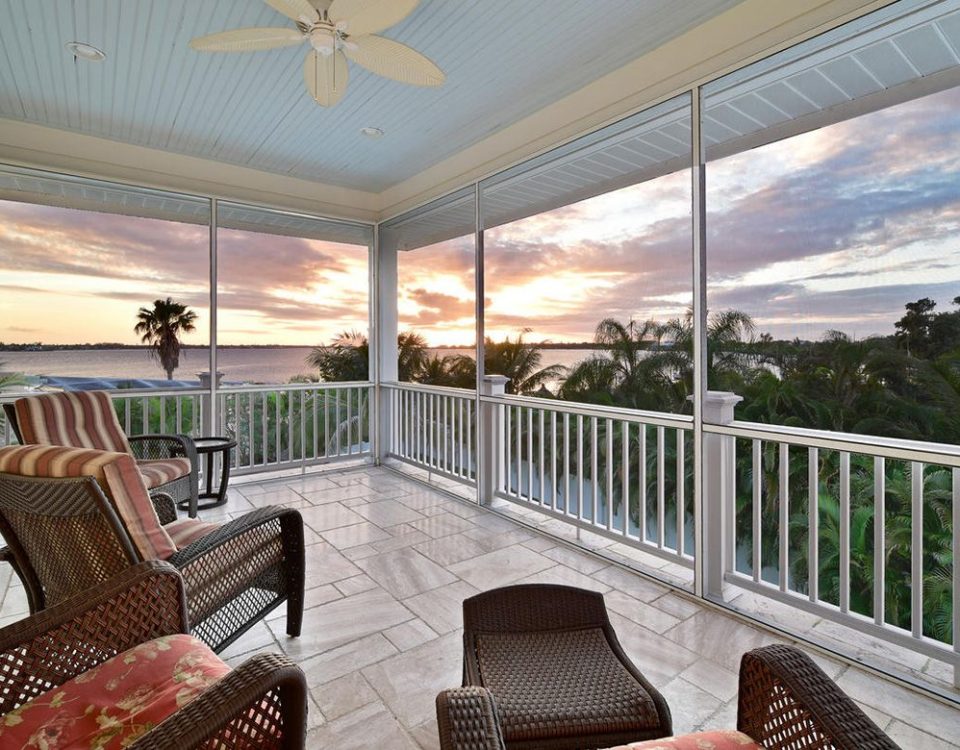
Beginner’s Guide to Understanding Your Roof
January 26, 2021
Should You File a Homeowner’s Insurance Claim?
January 26, 2021WHAT IS NATURAL AGING?
As soon as your new roof is installed, the natural aging process will begin. If you leave your roof unattended for a while, you will see the costly effects of normal weather on your roof. There are many different factors when it comes to roof failure. Poor workmanship is perhaps the number one cause of roof failures. Improper installation can cause water penetration, premature wear, and overall decreased performance of your new roof regardless of material quality. If you have had your roof installed by a trustworthy and reputable company, the biggest reason for your roof system failure is the weather. Wind, rain, or shine, they all will age your roof at a faster rate. Another reason for damages could be from thermal shocks. Thermal shocks occur when a change in temperature happens so quickly, it stresses your roofing system. That rapid expansion/contraction can damage materials that have already lost their elasticity. Ventilated air spaces also need to be done properly or else your air movement in your attic will be inhibited. Under most circumstances, this will increase moisture content in your roof which could result in costly damages. Along with thermal shocks and moisture, there is pollution, hail, snow, falling debris, roof traffic, and even seasonal changes that will all play a role in the natural aging of your roof. As well as intense heat and UV rays from the sun which is shown to degrade and accelerate the age of your roof.
WHAT ARE THE SIGNS OF NATURAL AGING?
- Staining- You may notice dark brown or black streaks on your roof. This could be mistaken for dirt, soot, or tree droppings but in most cases, this discoloration is a result of algae growth.
- Surface Cracking- This can be caused by thermal shock. As the flexible oils of the asphalt are depleted due to heat, the shingle becomes more brittle, to the point where surface cracking will appear.
- Curling- As the asphalt hardens over time, the granules that were secured begin to break away. The edges of the shingles will curl up over time.
- Blisters- Frequently resulted when minimum ventilation requirements aren’t met. Blisters could be very small and pea-sized or as big as a quarter. Sometimes the blisters are open, exposing the asphalt or closed.
- NORMAL AGING: -Slight Granule Loss -Curling -Algae Discoloration -Surface Cracking -Surface Blisters -Closed Blisters
- BEYOND NORMAL AGING: -Opened Blisters -Bald Spots -Exposed Asphalt
OTHER CONCERNS
- Shingles may exhibit signs of cracking and balding, this does not mean your shingles are defective.
- Depending on the area you live in, hail can knock off large areas of granules. This will likely reduce the life of your shingles or put you at risk for a roof failure, due to UV rays from the sun reaching the asphalt layer.
There are many variables beyond the manufacturer’s control that contribute to the failure of roofing shingles. If you have any concerns about any of these things relating to your roofing system, Click Here to find out how Enviro-Tech Roofing will help you!




